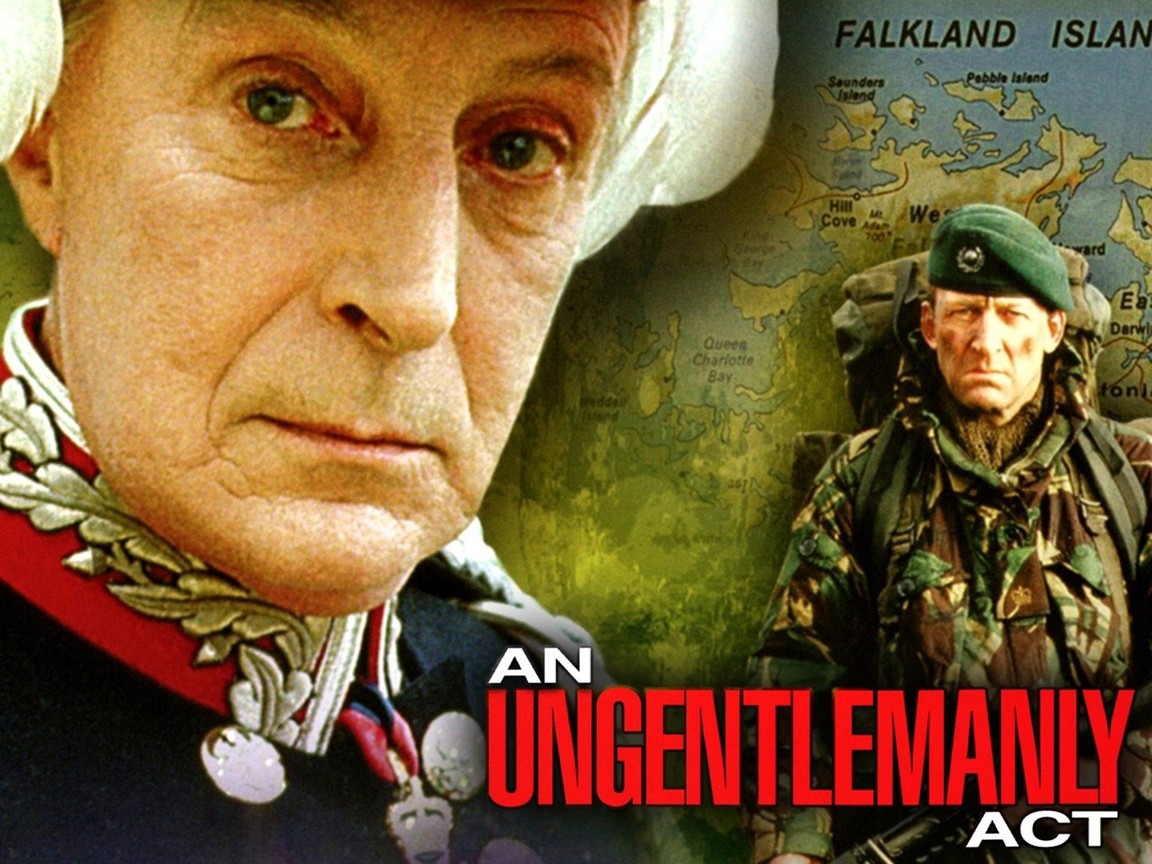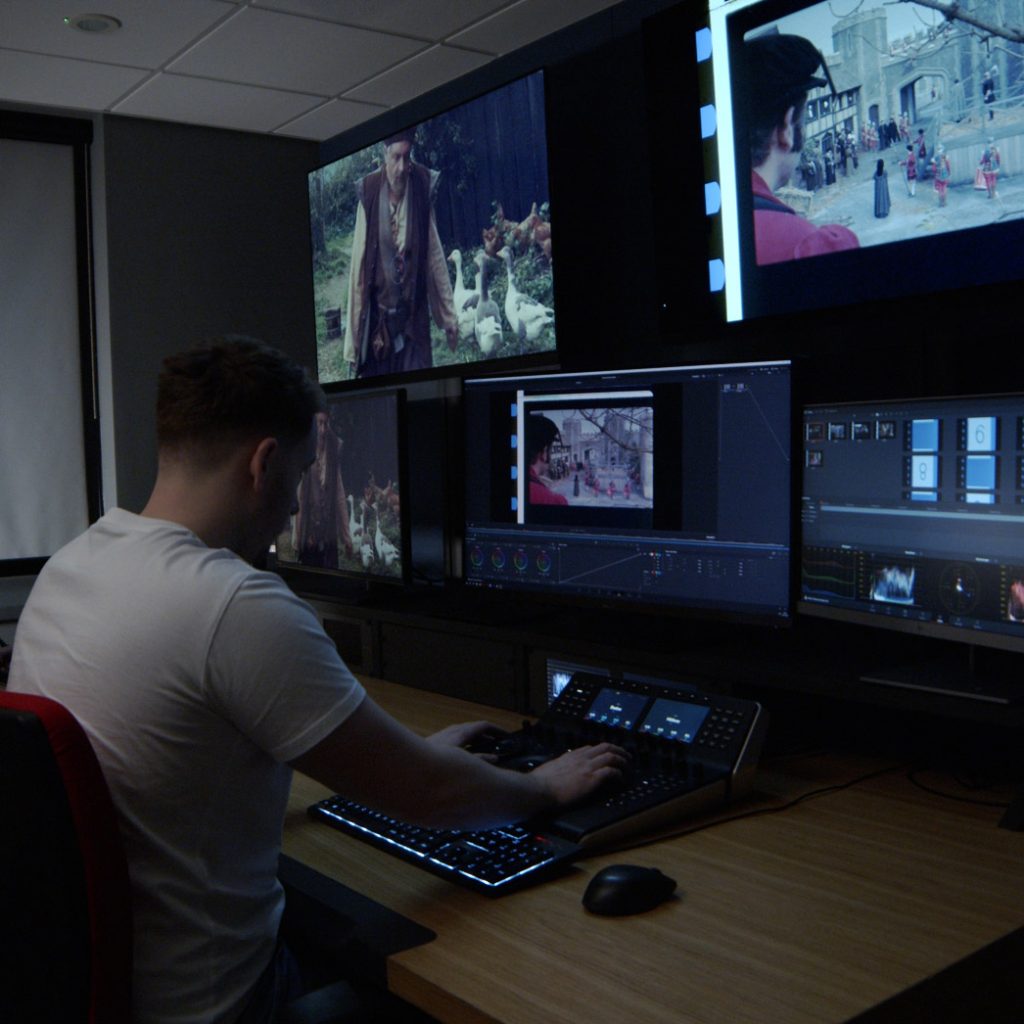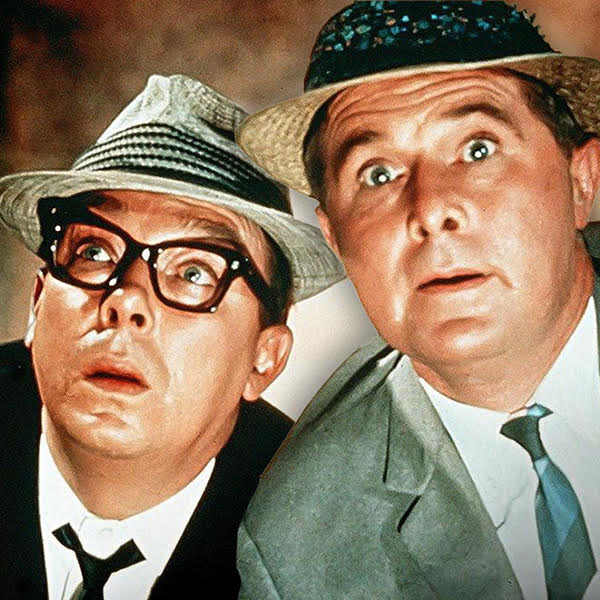An Ungentlemanly Act
21 October 2021Our latest blog, written by restoration artist Samuel Gilboy, looks at the recent restoration work completed on behalf on BritBox UK for BBC’s An Ungentlemanly Act.
Once we received a Super-16 A/B negative reel from the BBC Archives, I couldn’t help but feel outmanned and outgunned by the work ahead. ‘An Ungentlemanly Act’ is a film laden with historical accuracy from a not so distant conflict. Based on first hand accounts and historical records, everything; from the firearms to the morphine injectors has been researched and accounted for. A large amount of respect for the soldiers who fought in the short but fierce conflict is attributed to these accuracies. My aim was to preserve this precision in my restoration, giving credence to the feats of historical validity in the creation of the film, but also to respect the history itself.
As with any restoration project, we begin at the source. As I’ve already mentioned the acquired version, I’ll break down what that means for the project. Firstly – Super 16. This format removes sprocket holes from one side of the standard 16mm format. This uses the extra space to enlarge the image. This is particularly useful in the creation of a new 16:9 widescreen variant of the film. As the magnification used to fit this aspect ratio is less pronounced, so more detail can be maintained. Secondly – A/B negative. These are the original camera negatives with each alternating shot cut onto two separate rolls.
Much like our team’s experience when working on ‘Carry On Up The Khyber‘ – the explosions and muzzle flashes from firearms caused a lot of false positives when working with our dust and scratch removal effect. In simple terms, the analysis of each individual frame is based on what is there in one frame and not there in the next. This is why pieces of rubble and flashing can quite easily be mistaken for the imperfections we want to remove. One slight difference between the previously mentioned restoration project is the introduction of automatic weapons in a modern theatre of war. The intricate mechanics of the historically accurate firearms used during filming proved to be problematic, due to empty bullet casings and fast-moving parts of the weapons. Much like the muzzle flashes and debris, weapon bolts sliding and shell casings flying caused much of the same issues, a lot more frequently. Countering these issues is meticulous – altering and sometimes removing the effect our software has on the image, manually painting objects back into the frame.
Having worked through much of the initial restoration, the final colour grade is the next objective. ‘An Ungentlemanly Act’ has been one of the more challenging films to grade. This is due to this depiction of the Falklands invasion taking place over an entire day/night cycle. The variety of colours and lighting throughout the film are beautiful and complex. From dawn, dusk, night and back to morning. Colour grading this cycle meant the colour temperature would shift gradually as the film progressed. As well as the change of lighting through the different times of day, it appears that this archipelago off the coast of Argentina is prone to varying weather conditions. Each shot is contained within its own microclimate. We can see yellow and blue sunlit skies cut to grey, overcast and sometimes rainy ones. This variance in daytime dips into a deep black night where the majority of the fighting takes place. White and yellow flashes of explosions and rifles illuminate the scenery, whilst orange bullet tracers cut through the night sky.
As I mentioned before, preservation is always the focus of these projects. Choosing to uphold the original character of the film by protecting the levels of film grain, or withholding certain fixes that may be destructive at the cost of maintaining some of the film’s original personality. It’s been an absolute pleasure to revive ‘An Ungentlemanly Act’ almost 30 years on, and I look forward to seeing it live to fight another day.




